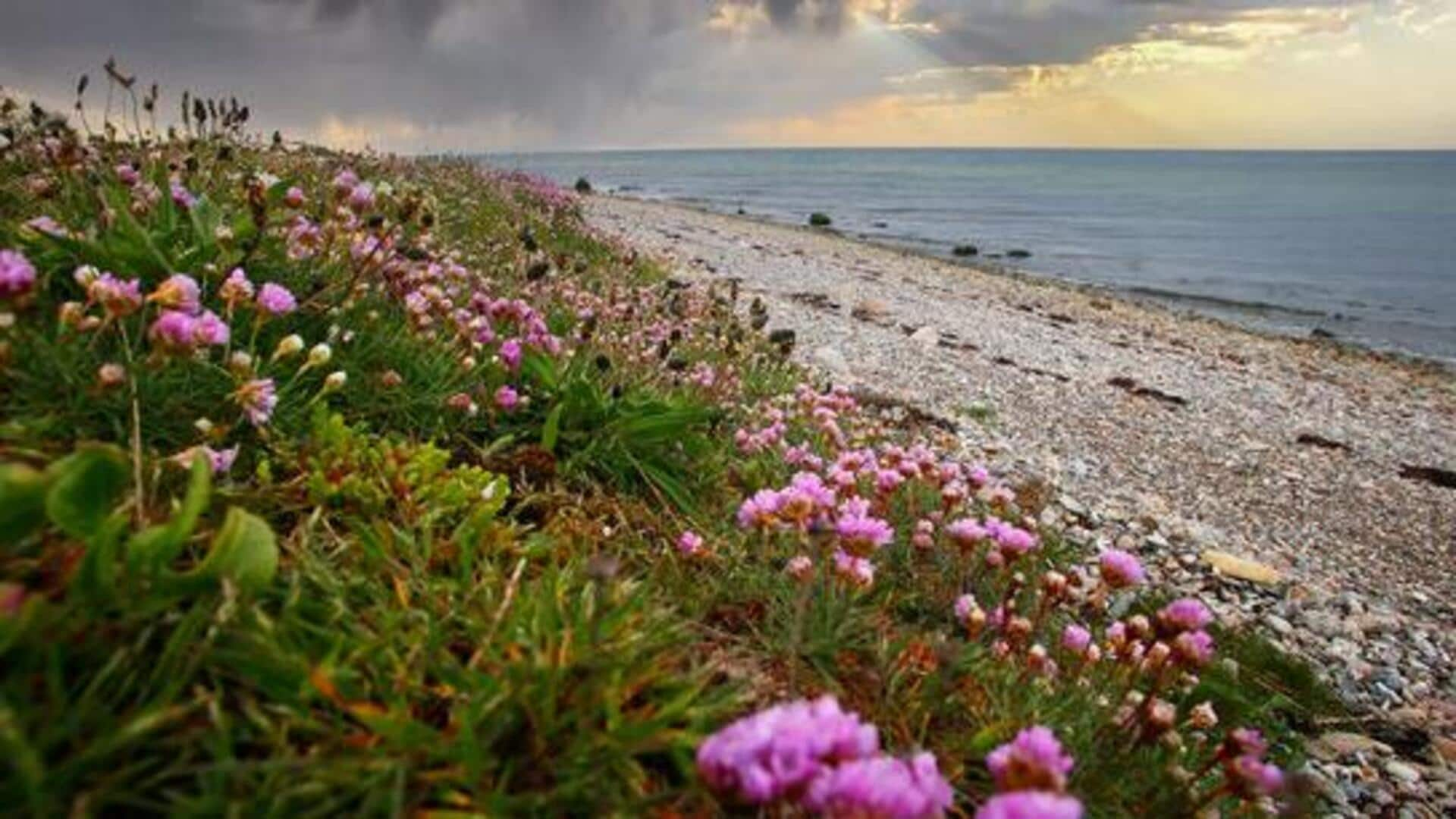
When in Denmark, visit these beautiful islands
What's the story
Denmark's beautiful landscapes aren't just limited to its cities. The lesser-known islands that remain untouched by commercial tourism serve as the perfect getaway to experience the true Danish lifestyle and natural beauty. Exploring these peaceful and beautiful islands will give you the perfect opportunity to experience Denmark's cultural heritage.
Maritime charm
AEro: A maritime treasure
Located in the South Funen Archipelago, AEro is a small island steeped in maritime history and dotted with charming villages. The island is known for its colorful houses, cobblestone streets, and picture-perfect harbors. Visitors can wander around AEroskobing, one of Denmark's best-preserved towns from the 18th century. The island also has cycling routes along its coastline, offering breathtaking views of the Baltic Sea.
Eco-friendly island
Samso: Sustainable living hub
Samso is famous for being a sustainable and renewable energy hub. With wind turbines providing 100% of its electricity requirements, the island has become a model for eco-friendly living. Guided tours and workshops on the island allow visitors to get an insight into how to live sustainably. Samso also has beautiful beaches and hiking trails that highlight its natural beauty.
Salt Island
Laeso: Salt production heritage
Laeso is famous for its centuries-old traditional salt production methods. The island's saltworks invite visitors keen to explore this ancient craft. Apart from its historical salt production, Laeso tempts with unique seaweed-roofed houses and sprawling sandy beaches. These attractions provide ideal spots to relax or discover. They represent the island's rich heritage and natural beauty, making it a must-visit destination.
Natural beauty
Fano: Nature lover's paradise
As part of Denmark's Wadden Sea National Park, Fano is home to diverse wildlife habitats, including seals and migratory birds. The island also features wide sandy beaches where one can kite-fly or beachcomb during low tide periods. Sandbanks emerge from under water surfaces, creating temporary land bridges between neighboring islands within park boundaries.